BCCI's success in South Korea was in the face of considerable adversity where there were a number of well-established foreign banks who did not have an easy ride despite the rapid expansion of the South Korean economy since the 1960s.
Country information
South Korea is an East Asian located on the southern part of the Korean Peninsula, sharing a land border in the north with North Korea with the East Sea (Sea of Japan) forming its eastern border, and the Yellow Sea forming its western border with both seas extending into the north Pacific Ocean.
About three thousand islands, mostly small and uninhabited, lie off the western and southern coasts of South Korea.
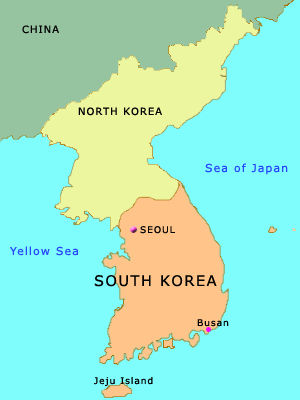
History
The Korean Peninsula was occupied by Japan since 1905. After Japan’s defeat in World War II in 1945, the United States and the former Soviet Union divided the peninsula into two zones of influence.
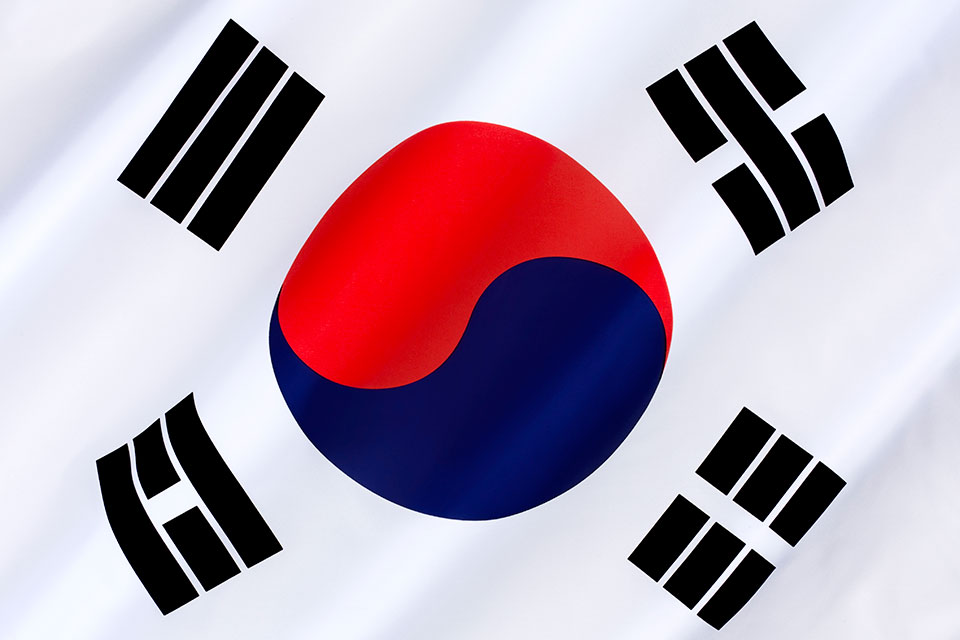 By August 1948, the Republic of Korea (or South Korea) was established with its capital at Seoul, and in the north, the Democratic People's Republic of Korea (or North Korea),with its capital at Pyongyang.
By August 1948, the Republic of Korea (or South Korea) was established with its capital at Seoul, and in the north, the Democratic People's Republic of Korea (or North Korea),with its capital at Pyongyang.
Known as 'the land of the morning calm', South Korea, an East Asian country with a distinctive character, underwent dramatic transformation from a war-ravaged economy in 1954, moving the country towards relative affluence and stability. This was a reflection of the psyche of the Korean people.

It was sometimes reported that South Korea began the process of industrialisation very late in the day, but in a short period no other country in Asia could have boasted a faster and more sustained economic growth.
The 1980s also saw South Korea increasingly shift its economy toward high-tech and computer industries, and improve its relations with the Soviet Union and China.
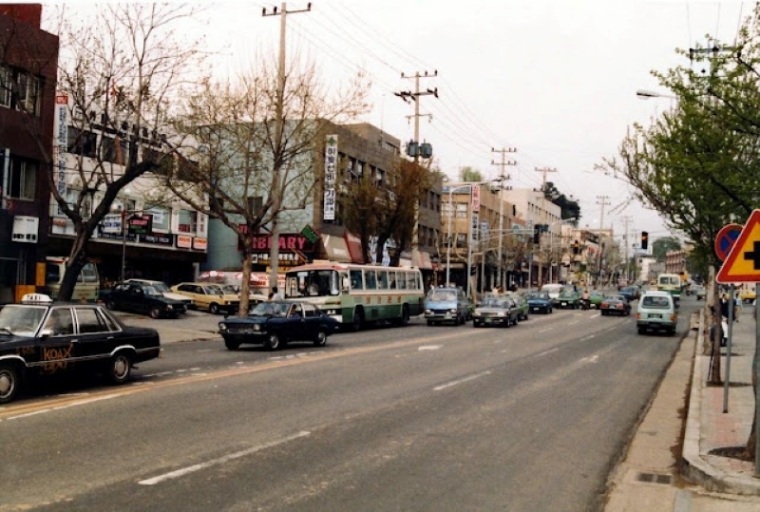
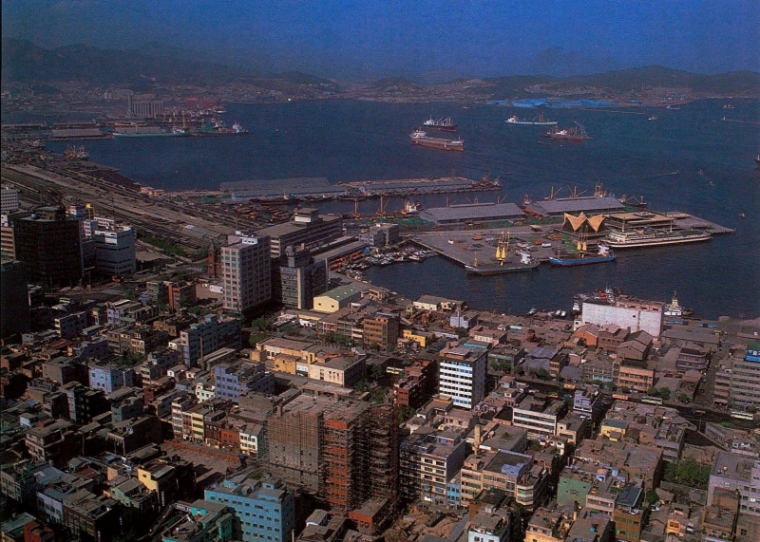
Population and language
When BCCI established a presence in South Korea in 1977, the population of the country was around 36.5 million.
The population of South Korea was concentrated in urban areas, because of rapid migration from the countryside during the country's rapid economic expansion in the 1970s, 1980s and 1990s.
_0.jpg)
Korean is the official language of South Korea, and it incorporates a significant number of loan words from Chinese.
While English was not widely spoken, the major South Korean banks and foreign banks, provided many services in English, including handling foreign trade and international payments.
Economy
The population of South Korea was not big enough market on its own and importance was placed on increasing exports.
South Korea has few natural resources and for many years the mainstay of the country's exports was the textile industry. From 1960s the grew from industrialisation led by technology-based corporations, which supported by infrastructure developments by the government.
In the 1980s industry was the largest sector, with textiles, electricals steel, and shipbuilding predominant.
South Korean corporations like Samsung established in 1950, and LG established in 1958, were building a world reputation in the electronics industry and began to account for an important share on the country’s exports.

Hyundai Motor Company founded in 1967 had entered the era of mass production of cars that were also being exported to countries around the world.
South Korea’s economic policy on trade was completely transformed in the 1980s when the government opened up the economy mainly through the liberalisation of imports. Also, in the late 1980s, the government began to liberalise foreign exchange and capital markets, although in a gradual manner.

Since 1970s, South Korea also relied on its skilled human resources to a very great extent. South Koreans were a familiar sight in the Middle East, working on construction projects that represented a major part of the country's exports.
In the 1980s, South Korea’s main exports included clothing, textile yarns and fabrics, electrical machinery, iron and steel, transport equipment. Main imports included machinery, chemicals, crude oil, food.
The country’s main trading partners for exports the USA, Japan, West Germany, Saudi Arabia, UK, Hong Kong, and for imports Japan, USA, Saudi Arabia, Kuwait, West Germany, Australia.
BCCI in South Korea
From early 1977, Seoul, the capital of South Korea, was enjoying a banking boom. Out of total of 30 international banks already having a presence, 22 opened during this period.
Bank of Credit and Commerce International (Overseas) Limited (BCCI), was the 15th foreign bank to open its branch in Seoul, the capital of South Korea, in November 1977.
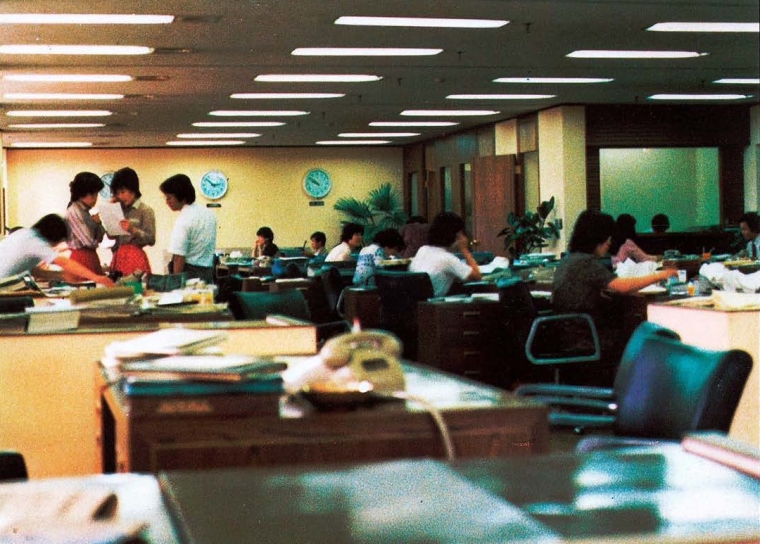
Seoul branch was located at:
Dong Bang Main Bldg
Dong Bang Plaza 8th Floor
150, 2-Ka Taepyung-Ro
Chung-Ku, SRCO
P O Box 117
Seoul
Tel: (822) 7526162 / 754 9253 / 777 7168
Fax: (822) 753 9688
Telex: K 26357 KBCCI / K 25228 KBCCI / K 28952 KBCCI
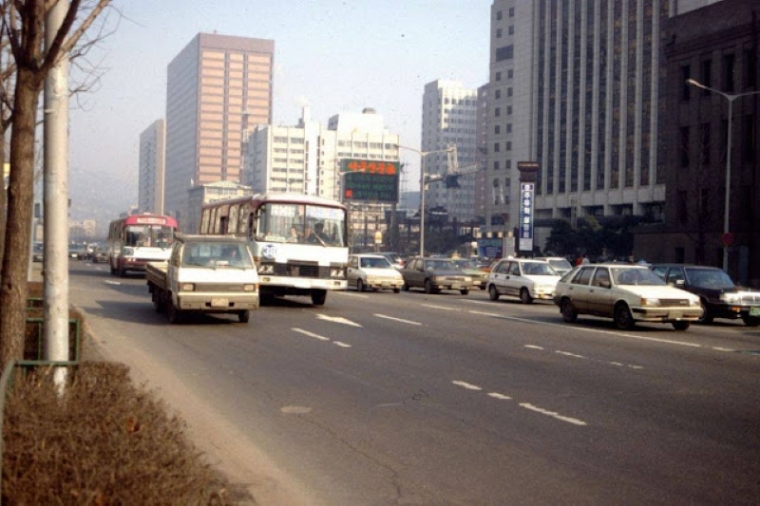
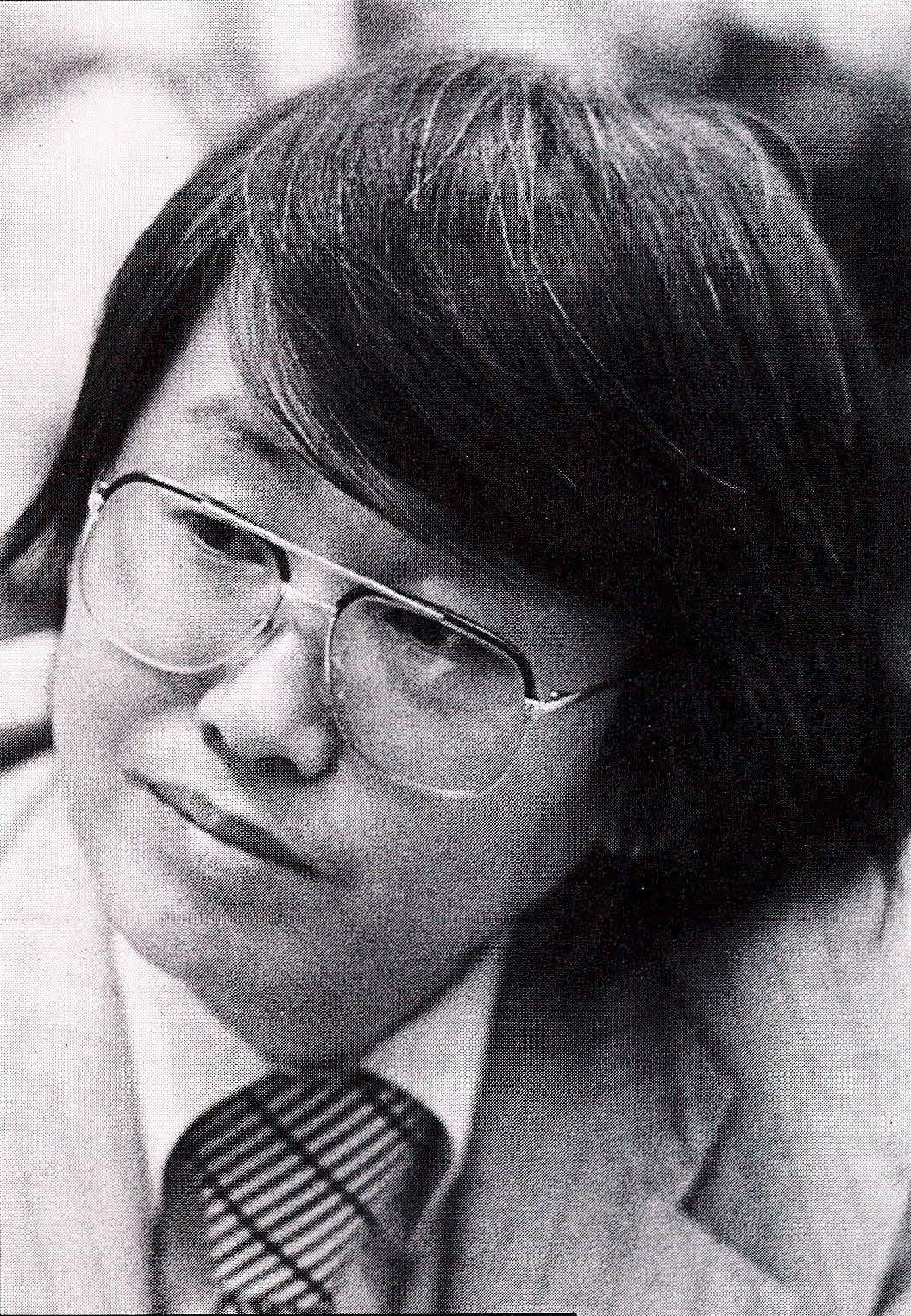
Despite the rapid expansion of the South Korea economy during the 1960s and 1970s, foreign banks did not have an easy ride. This was due, in part, to the South Korean’s reluctance to deposit their money in a foreign bank, in part due to government restrictions on fund mobilisation and swap facilities.
BCCI Seoul branch succeeded in difficult conditions, possibly because the well-established overseas banks did not offer exactly the right service with a personal service. There was also enormous potential to generate foreign trade business for the BCC Group.
Seoul was home to the headquarters of many South Korean international companies like Samsung, LG and Hyundai, as well many multinational companies and trading groups, Manufacturing was also one of the most important lines of business in the city. Information technology and the electronics industry were replacing traditional mainstays like the production of textiles and clothing, machines and chemicals. The city was the venue for many trade fairs every year.
Through building close relationships with the South Korean companies and trading groups, handling their salary accounts, encouraging them to place surplus money with BCC, and getting their workforces to save with the bank, BCCI Seoul mobilised substantial deposits. Seoul branch was in profit after the first year of operation.
One of BCCI's greatest advantage was its international spread of branches. Seoul branch was in an ideal position to finance cross border corporate business where South Korean companies were involved in countries with BCC branches.

Of particular importance was BCCI’s role in developing trade between South Korea and the Middle East and Africa, especially by introducing new markets to South Korean construction companies during the 1980s. With the companies involved in contract work, and BCC’s many branches especially in the Middle East, Seoul branch was able to generate a great deal of commercial activity in extending bid, performance, advance payment and maintenance bonds to the companies working there and in other countries.
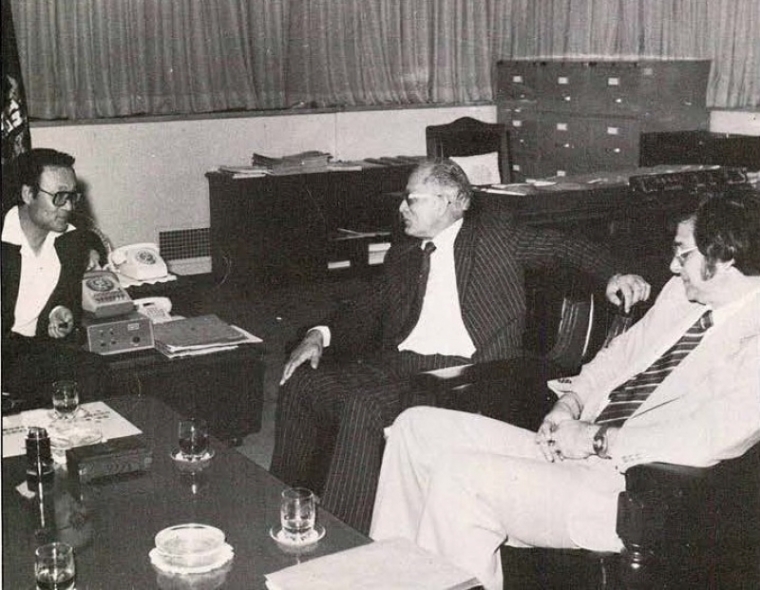
The Middle East construction industry was drawing many South Korean building machinery giants to also target the region for business growth. One of South Korea’s leading manufacturers of heavy construction machinery was Power Technology and Quality Co Limited (POQUTEC).
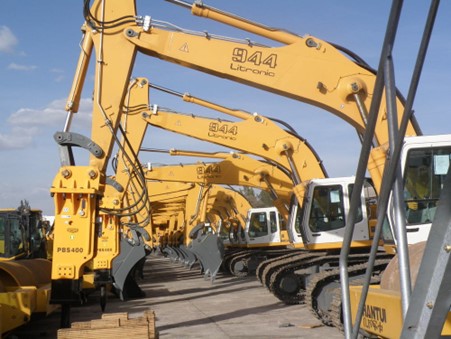
.jpg)
BCCI in Seoul enjoyed good business relations with eight of the ten General Trading Companies who were handling 50% of South Korea’s total exports.
The General Trading Companies were established for promotion of South Korea’s trade in developing countries.
Seoul branch also worked regularly with 30 of the 100 biggest corporations in South Korea.

In 1985, the Ministry of Finance of South Korea allowed banks to extend export loans and a rediscounting facility. This enabled BCCI Seoul to attract substantially more business from large South Korean organisations.

24th Summer Olympics in Seoul
The 24th Olympic Summer Games held on 17 September to 2 October in 1988 attracted some 10,000 athletes from 160 countries and regions
The 1988 Seoul Olympics were the second summer Olympic Games held in Asia and the first held in South Korea.
China competed in the 1988 Summer Olympics held in Seoul, although at the time China did not have diplomatic relations South Korea; diplomatic relations between the two countries were formally established in the 1990s.
BCCI Beijing office offered the support of BCCI Seoul branch to look after the China Olympic team during their stay in Seoul.
The China team of 273 competitors consisted of 149 men and 124 women, took part in 150 events in 25 sports.
.jpg)
On return to China, the country’s Olympic team heaped praises beyond belief in the way they were looked after by BCC in Seoul. It made them feel that BCCI’s branch was like an embassy of China. Team members would visit the BCCI branch frequently to make telephone calls to their family in China and were provided all assistance with any problems they faced during their stay.
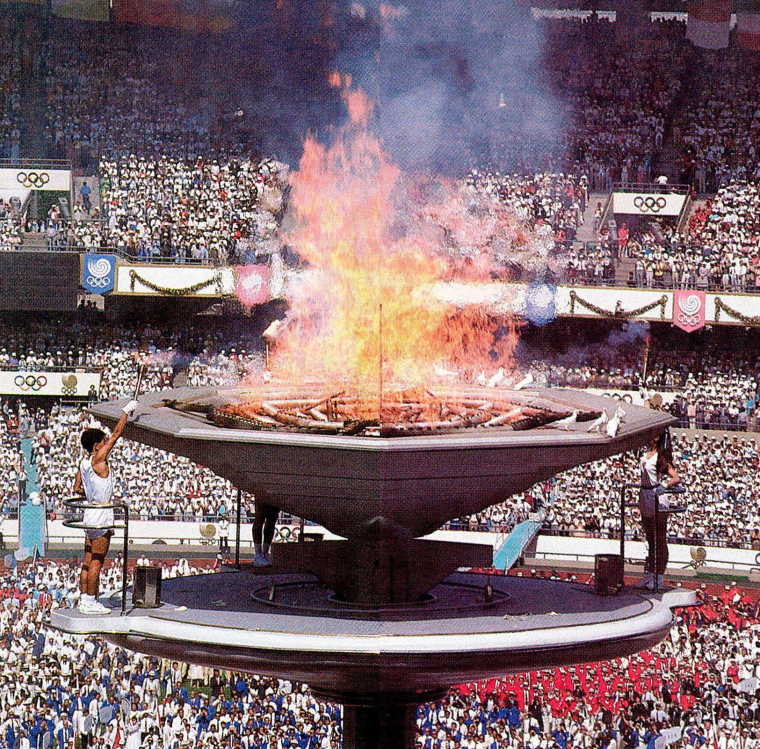
Generating business for BCCI branches in other countries
The concept of External Market Place (EMP) that would create new markets for BCC branches anywhere in the world, and strengthen BCC Group’s interdependence, was conceived in 1986 during the visit of Mr Agha Hasan Abedi, BCCI President, to a number of the bank's branches in the Far East, including Seoul branch in South Korea.
In essence EMP was a simple concept, that the expanded potential of the local marketplace requiring dedicated members of the BCCI family seek business for the BCCI on a global scale.
The main target of the EMP team at BCCI Seoul branch was the foreign business of the important South Korean banks whose headquarters were in Seoul.
The following is an account by Mr Keki Phiroze Wadia, manager of the EMP Department of BCCI Seoul. He had previously spent 20 years with Bank of India and two years with Wells Fargo Bank, before joining BCC Hong Kong in 1983.
“The day begins immediately after the morning calm, but much before reaching the office, for the human EMP in Korea (South). The purpose of one's existence is planned at home and while commuting to the office. Once in the office (which is usually well before the official time) the small but very strong team briefly exchange greetings and a smile and sit down to plan a strategy for the day.
Among the discussions, the purpose is given a lot of emphasis. Problems, if any, suggestions, products and targets are discussed in open forum. The local sentiments and culture are given due importance, without which the purpose and planning have no meaning.
Strategies are changed constantly on the feedback from our previous calls. For example, we were being told by our correspondents that the advising banks are usually nominated by the applicants, so we decided unanimously that we should contact bulk importers, trading houses and corporations and request them to nominate BCC locations as advising banks.
The plan worked, so we went one step further and started distributing our international directories to these applicants, along with a list of existing agency arrangements signed between BCC locations and their prime banks (our correspondents).
This made it very easy for the applicants to identify BCC in the location of the beneficiary, and enabled us to generate large volume letters of credit ( exceeding US$1 million each) to very competitive markets such as Los Angeles, New York, San Francisco, Frankfurt, Tokyo, Paris and Hong Kong.
By 10am the human EMPs are on their feet and out of the office, sipping ginseng tea with our correspondents. The calls are co-ordinated to cover two or three correspondents in the same vicinity and are normally made without previous appointments, which demonstrates the quality of relationships and the friendly attitudes.
Occasionally there follows a friendly informal lunch, where business is not normally discussed and the conversation centres around "kimchi',' "pulgogi" and "kalbi" -all Korean delicacies. To be successful, one has to acquire a taste for Korean food and eating habits which may not necessarily be easy for an outsider to acquire.
The afternoon sees letters of credit pouring in on our fax and telex machines for onward transmission to BCC locations. They are processed by, again, a small but very vigilant team of two girls in the department, who ensure that the L/Cs are decoded and accurately transmitted to the recipient BCC locations. Meanwhile a second round of calls-sometimes by telephone-is planned for the afternoon, and by 5pm the team meet again informally to ascertain the results of the day's proceedings.
The team also bring along with them any problems to do with the correspondents. These are attended to on the same day and copies of action taken are handed over to the correspondents the following morning to demonstrate our main strength-the quality of our personalised service. Occasionally a problem is a blessing in disguise, since it gives our correspondents an opportunity to compare our services with those of our competitors.
Informal meetings are regularly held to discuss the "five Ps" of EMP in Seoul: Purpose, Planning, Products, Productivity and Profitability. Despite the competition and the present global trend, we at EMP Seoul have not offered our correspondents any concessions by way of rebates, cash commissions, delayed reimbursements or interest sharing, since we believe that our prompt and personalised service outweighs these short term temptations and that our correspondents are worthy of better services rather than a few dollars in concessions.
Constant efforts are made to ensure that most of the business is restricted to BCC counters and we feel happy and proud to learn from our branches that around 85% of all business from our correspondents is handled at their counters.
Time passes fast, and at the end of the month we are all eager to see the fruits of our efforts and whether our expectations from each correspondent have come true. Usually they do, but if not the weaknesses are analysed and overcome in the coming month and targets are drawn up afresh.
The day ends usually on a happy note at around 8pm, with the team looking forward to another day of success.”
Seminar for South Korean Bankers in London
International Division and Central EMP Division at BCCI Central Office in London hosted a three-week seminar in London in June 1989, for BCCI’s correspondent banks in South Korea. The seminar was on Capital Markets Techniques, utilising the latest equipment and market practices, and touching on countertrade, leasing and other financing innovations of the 1980s.
The faculty team was headed by Dr Ousep Mathen of BCCI Treasury Operations in Abu Dhabi, United Arab Emirates, and previously with UK’s Grindlays Bank. He was assisted by Mr Howard Palmer from the BCC’s UK correspondent banking team. Dr Joseph Cole, Mr Richard Wheatcroft and others from the world of banking consultancy also led sessions on their specialist subjects.

The seminar for the South Korean bankers was an example of BCC continuing commitment towards developing relationships with correspondent banks in the Third World and, above all, generating good personal relationships and enhancing future cooperation with them.
BCCI closure
On 5 July 1991 the Bank of England and other regulators in the west decided to abruptly freeze BCCI Group's assets and shut down BCCI's operating branches worldwide.
The priority of the governments and central banks in some countries was to protect their people and the local operations of BCCI continued in a different name after the assets and liabilities were acquired by private investors or another bank.
BCCI Seoul branch voluntarily suspended business on 8 July 1991.The (Central) Bank of Korea imposed directions freezing its assets. The branch was reportedly in full voluntary liquidation from 28 August 1991.
The BCCI Group majority shareholders considered the abrupt action by western central banks to shut down BCCI in 1991 was unjustified when they already had detailed discussions with the Bank of England and other regulators on a restructuring plan and would have injected further capital, if required.
In a 24-page report not made public but sent to some 60 central bankers worldwide, the United Nations Center on Transnational Corporations said that by simply shutting down the 70-nation banking network that financed international trade of $18 billion a year, the economic damage fell hardest on countries like Nigeria, Bangladesh and Zambia, where B.C.C.I. was an important institution. (New York Times, Feb 5, 1992)
